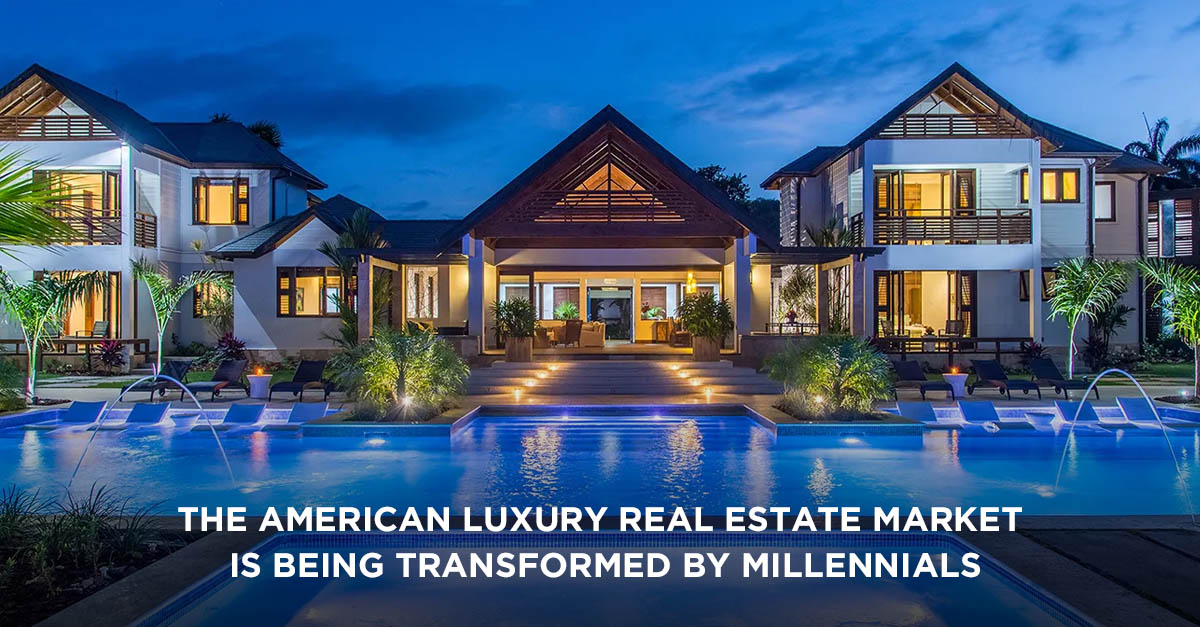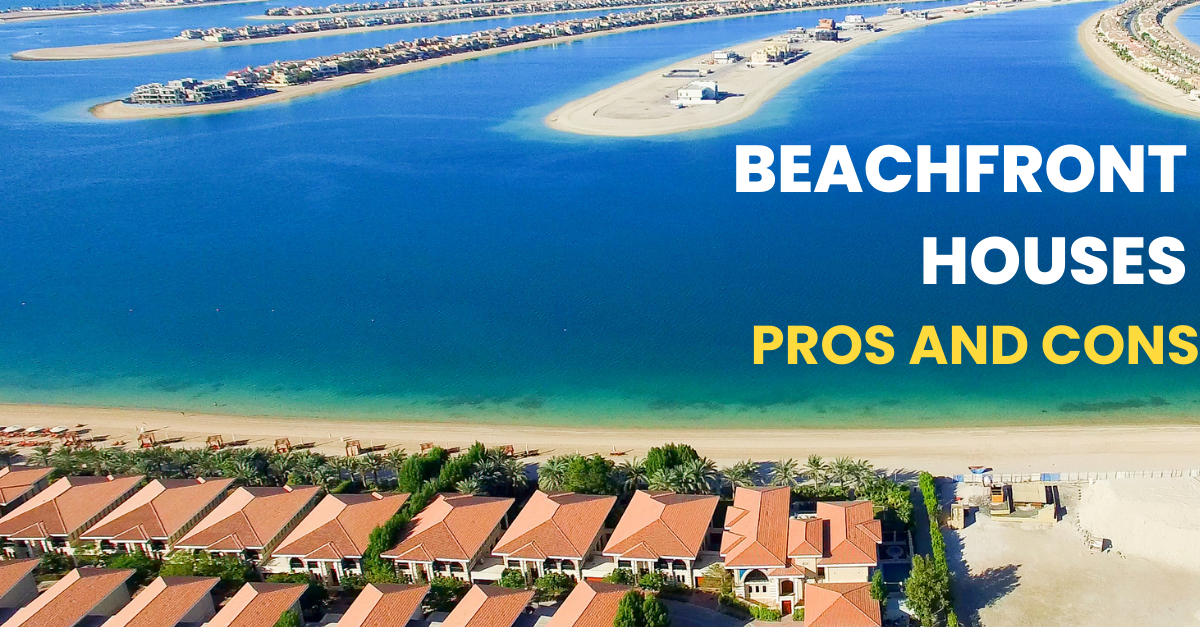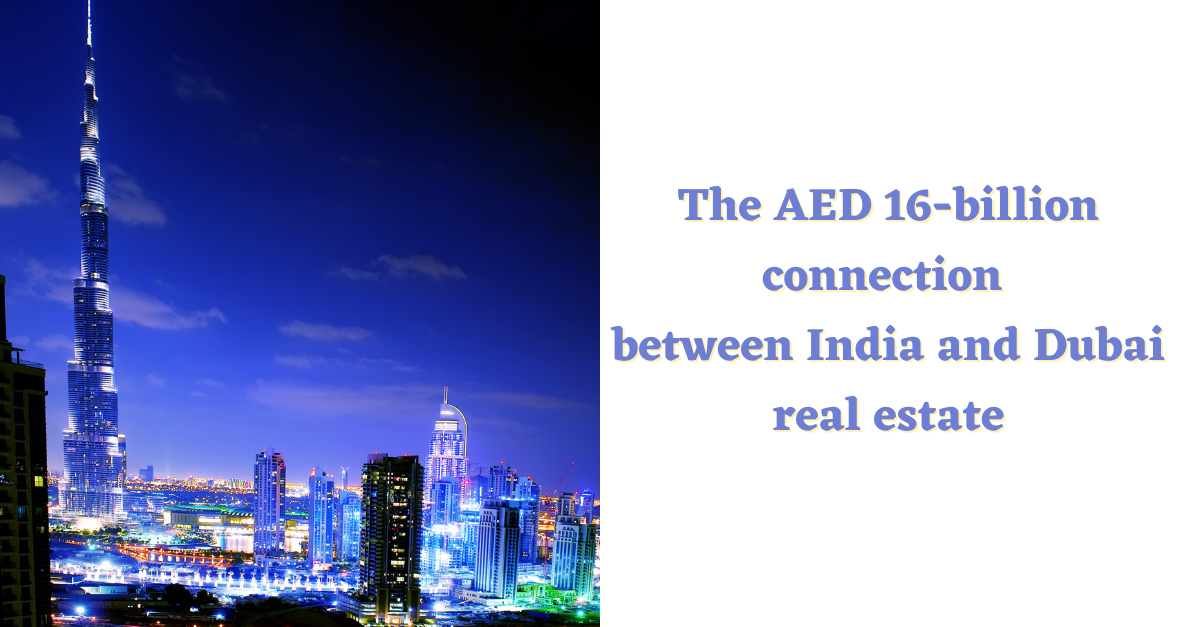The American Luxury Real Estate Market is being transformed by Millennials
Millennials, those born between 1980 and 1995, today comprise a quarter of the world’s population. That is 1.7 billion people worldwide, of which almost 90 million are in the U.S. alone. They are the largest generation in history, making them a significant contributor in defining trends.
The generations that preceded them depended on traditional markers of success and adulthood, stability equated to owning your home at an early age. But Millennials have displayed somewhat different priorities. Travelling and seeing the world tops their list, followed – as a close second – by making an impact. Homeownership, on the other hand has been viewed as a distant consideration, until now.
While they may have waited longer, Millennials are now making their presence felt in the real estate market, and causing a dynamic shift in demand. Surprisingly, it took a pandemic for them to get here.
The impact of 2020, in shaping the real estate market
There is no debating that COVID-19 has changed our day-to-day lives, and has influenced not just how we live, but where we live. With millions of Americans no longer commuting to offices, urban comforts like access to public transport, and other location related priorities, are increasingly redundant. The spillover effects of the pandemic have made dense city living less appealing for a number of people. Instead, aspiring homeowners are heading away from urban to the suburbs, or even further away to less-populated regions of the country causing a paradigm shift within the real estate market(1).
Millennials are the most educated generation in history, with priorities that reflect this. It’s not uncommon for them to seek a larger home with amenities that accommodate a ‘work from home lifestyle’. Walkability, nature and a promise of well-rounded quality of life follow closely behind, in their list of must-haves. This trend was visible before the COVID-19 pandemic as well(2), and has led to robust post-pandemic sales volume for larger luxury homes, in less population dense US states.
Demand for Smarter Luxury Homes
This is the first generation to have been raised on technology, and it factors heavily in their everyday lives and their buying decisions. Millennials are also very conscious, not just about their environmental footprint but also on how they can live a more holistic and balanced life. That eventually translates into a need to be ‘in the know’ and affects how they approach purchasing a home and how it functions in their lives.
Being tech-savvy and with an eye for innovation and sustainability, millennials are increasingly looking to incorporate more and more smart features and devices into their homes, once they take the plunge into homeownership.
With a significant increase in the uptake of smarter homes, builders are also recognizing and catering to this trend. More and more property developers are incorporating high-tech features while bolstering sustainability credentials in new buildings. From energy-saving HVAC’s to solar panels, and even an electric vehicle charging point installed in the garage, smarter luxury homes are generating a premium with many buyers competing for them.
Market shifting forces
A recent survey by Sotheby’s International Realty showed that 63% of those polled expect luxury home prices to rise over the next three years in their respective markets. Over, 70% of respondents reported heightened demand at the end of 2020(3).
With wealth creation rising and cost of capital declining, the American luxury real estate market is certainly getting some strong headwinds from the new Millennial homeowner.




